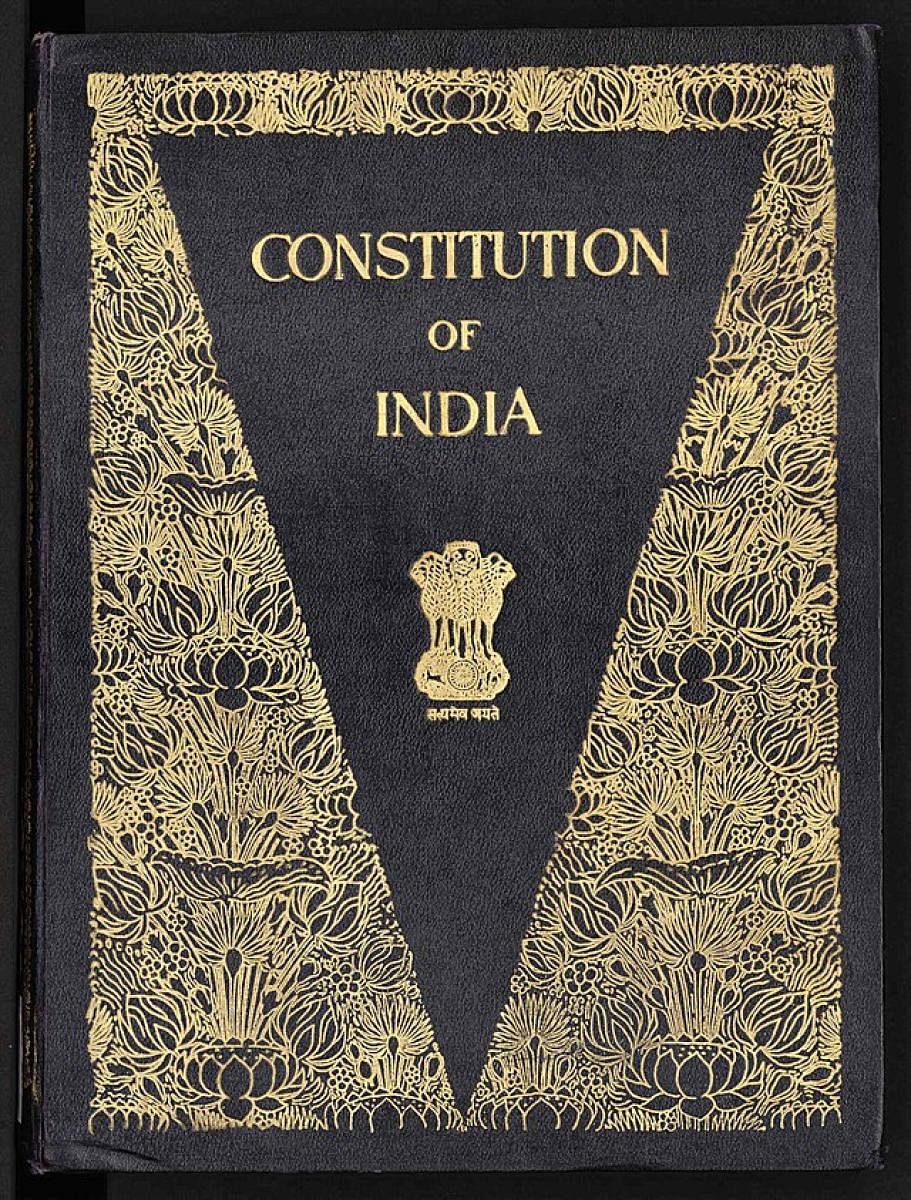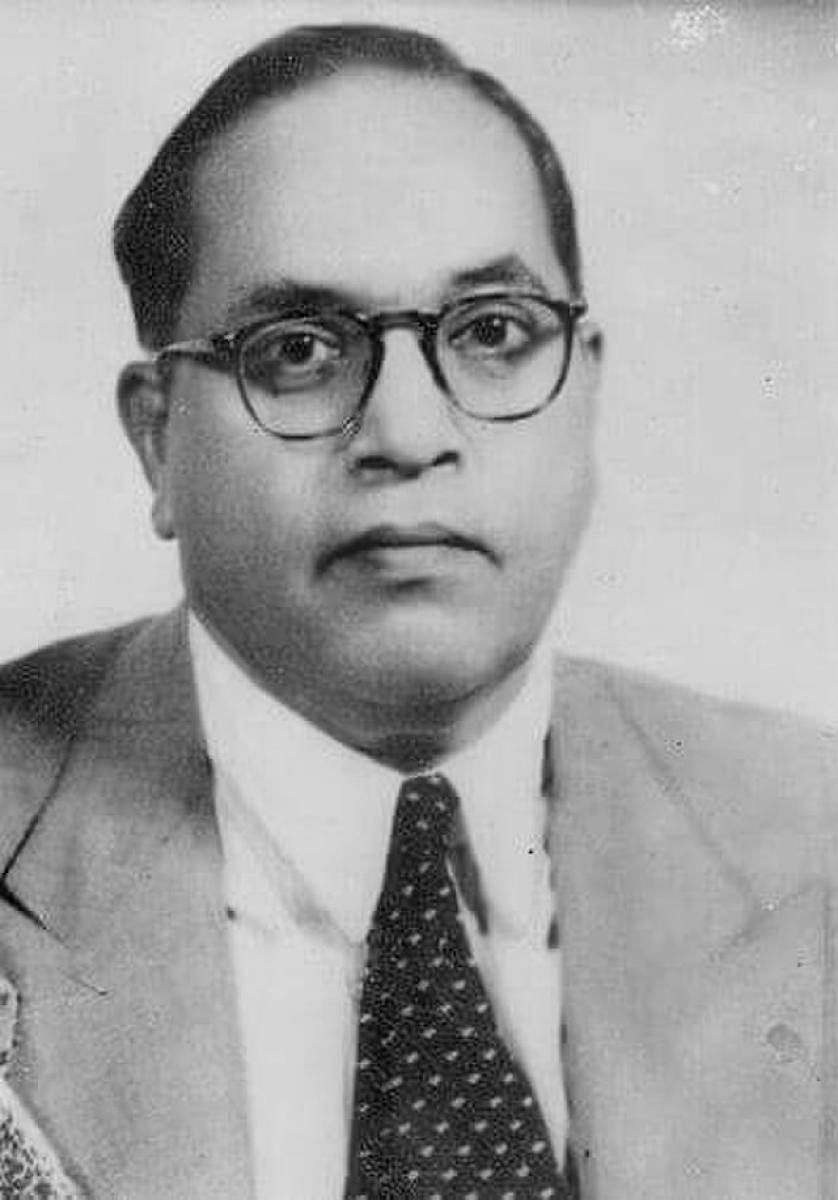

India celebrates Republic Day with grandeur every January 26. How much do we know about the Constitution of India, which came into effect on this day in 1950?
The Constitution — or supreme law of the country — was put together by Dr B R Ambedkar, jurist, economist and social reformer. While we abide by the rules enshrined in it, we may not be aware of the many fun facts about its making.
Open Sesame brings you some:
Borrowed material: The Constitution, sometimes referred to as ‘a bag of borrowings’, has borrowed provisions from the constitutions of the UK, USA, France, and USSR. Its fundamental principles are inspired by many sources, but keep in mind India’s traditions and our historical, geographical and cultural diversity. Ambedkar studied 60 other constitutions in the course of his work. He was assisted in the drafting by a committee.
Handwritten: The rule book wasn't printed or typed out — it was handwritten by calligrapher Prem Behari Narain Raizada in a flowing italics style. Raizada, who belongs to a family of calligraphers, was asked by Jawaharal Nehru, to write the first copy of the document. When asked how much he would charge, he had just one request: he wanted to sign on every page, and sign on the last page with his grandfather.
Shantiniketan link: Each page of the handwritten document was decorated by artists like Beohar Rammanohar Sinha and Nandalal Bose from Shantiniketan, West Bengal. The trailblazing educational institution was developed by poet-philosopher Ravindranath Tagore in the early 20th century.
Longest ever: Our Constitution is the longest in the world, and contains 1.46 lakh words. It took two years, 11 months and 18 days to draft it.
Voting right: It was only after the enforcement of the Indian Constitution that our country's women got the right to vote.
Original copies?: There are three original copies of the Constitution, safely kept in special helium-filled cases in the library of the Parliament. The pages are bound together in black leather, with beautiful gold patterns.
Unhappy: Ambedkar was unhappy with the document just three years after it was adopted. Why? He strongly argued in favour of more powers for the governors. “Sir, my friends tell me that I have made the Constitution. But I am quite prepared to say that I shall be the first person to burn it out. I do not want it. It does not suit anybody,” he had said in Rajya Sabha in 1953.
Heart and soul: Article 32 of the Indian Constitution — ‘Right to Constitutional remedies’ — is considered the 'heart and soul of the Constitution'. This guarantees the fundamental rights of individuals. It is what makes all other rights effective.
Living document: Our supreme law is referred to as a living document, as it can be changed or amended. Those who crafted it wanted it to be in accordance with our citizens’ aspirations and understood the need for modifications. Changes done to the Constitution are called constitutional amendments. The document has undergone 105 amendments, the last being in August 2021.
US-inspired preamble: The preamble of our Constitution is inspired by the preamble to the US constitution. The concept of popular sovereignty, meaning the authority of a state and its government, is created and sustained by the people's consent through elected representatives. This thought is reflected in both documents. Our preamble says: “We, the people of India… in our constituent assembly… do hereby adopt, enact and give to ourselves this Constitution.”